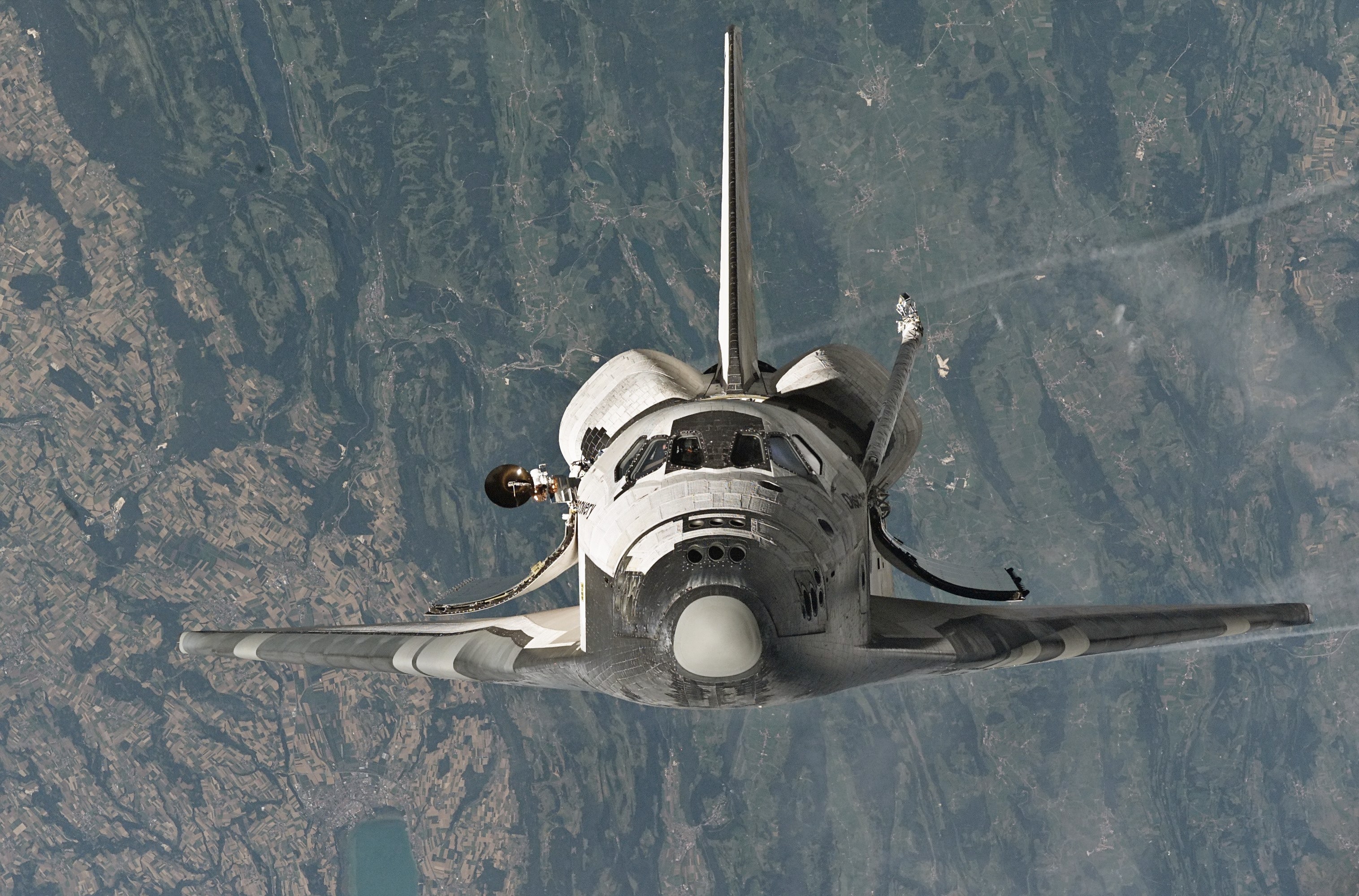
What future observations with Hubble and Webb are you most excited about?Ĭlick here to learn more about the Hubble Space Telescopeįind Hubble on social media!! VersionHorizontal version. What else do we know about Earendel? How big is the star? How long will it be visible?Ĭan you tell us a little more about the evolution of stars? How were stars in the early universe different from stars now?ĭid anyone ever expect Hubble to be able to see a star this far away? How much of a surprise is this discovery?

How will Webb and Hubble work together to observe the universe? The James Webb Space Telescope just launched in December. Hubble will be celebrating an important milestone in a few weeks – 32 years in orbit and 1.5 million observations and counting! How’s the telescope doing?ĥ. What can we learn from Earendel or other really distant stars?Ĥ. This star has been nicknamed “Earendel” which means “morning star” in Old English. Can you tell us how Hubble managed to observe a star so far away?ģ. Tell us about this extraordinary discovery!Ģ. Hubble observed the farthest individual star ever seen. Here to talk to us about this incredibly distant star is NASA expert XX.ġ. Nicknamed “Earendel,” the light from this star has taken nearly 13 billion years to get to us. The Hubble Space Telescope has been observing the cosmos for more than 30 years, and another incredible observation has just been released – the farthest individual star ever observed.
#Nasa space discovery 720p#
HD Satellite Coordinates for G17-K16/Upper: Galaxy 17 Ku-band Xp 16 Slot Upper| 91.0 ° W Longitude | DL 12029.0 MHz | Vertical Polarity | QPSK/DVB-S | FEC 3/4 | SR 13.235 Mbps | DR 18.2954 MHz | HD 720p | Format MPEG2 | Chroma Level 4:2:0 | Audio Embedded We cannot guarantee a slot if the request is emailed. Requests sent via the above form will have scheduling priority. Live interviews will be offered on the following days/times: The two observatories together will investigate distant stars like Earendel, along with galaxies, exoplanets, and our own solar system. Hubble plans to partner with NASA’s newly launched James Webb Space Telescope to study the sky across ultraviolet, visible, and infrared wavelengths. After upgrades from five servicing missions, Hubble is still going strong. Launched in 1990, Hubble has observed the universe for nearly 32 years, contributing to incredible discoveries and changing our understanding of astronomy. Hubble was able to see Earendel due to gravitational lensing, a natural phenomenon that acts as a very powerful magnifying glass. Its light took 9 billion years to reach the telescope.

This discovery smashes the previous record, a star discovered in 2018 by Hubble. That means we’re seeing the star as it existed just a few hundred million years after the Big Bang, which was about 13.8 billion years ago. Nicknamed “Earendel” by its discoverers, this star's light took a whopping 12.9 billion years to reach us. One for the record books! NASA just announced an exciting new finding from the Hubble Space Telescope – the farthest star ever seen in the universe. New Record Broken! Hubble Space Telescope Spots Farthest Individual Star Ever Seen


 0 kommentar(er)
0 kommentar(er)
